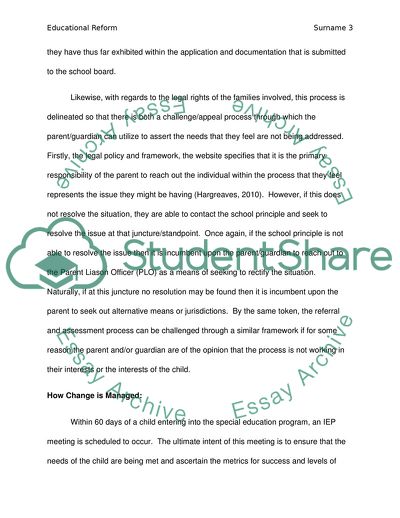Cite this document
(Analysis of Current Educational Reform Report Example | Topics and Well Written Essays - 1500 words, n.d.)
Analysis of Current Educational Reform Report Example | Topics and Well Written Essays - 1500 words. https://studentshare.org/education/1843355-current-educational-reform
Analysis of Current Educational Reform Report Example | Topics and Well Written Essays - 1500 words. https://studentshare.org/education/1843355-current-educational-reform
(Analysis of Current Educational Reform Report Example | Topics and Well Written Essays - 1500 Words)
Analysis of Current Educational Reform Report Example | Topics and Well Written Essays - 1500 Words. https://studentshare.org/education/1843355-current-educational-reform.
Analysis of Current Educational Reform Report Example | Topics and Well Written Essays - 1500 Words. https://studentshare.org/education/1843355-current-educational-reform.
“Analysis of Current Educational Reform Report Example | Topics and Well Written Essays - 1500 Words”. https://studentshare.org/education/1843355-current-educational-reform.


